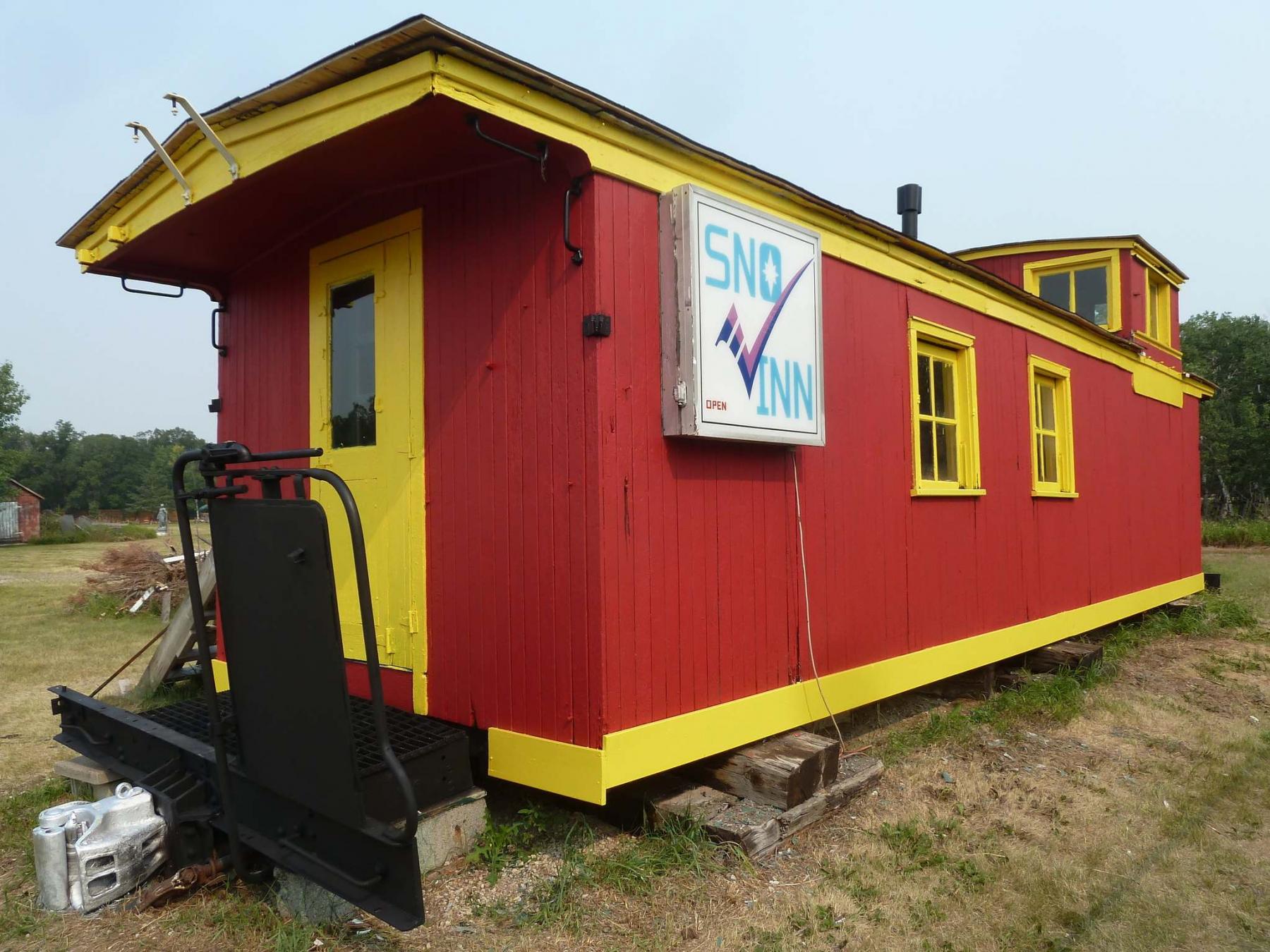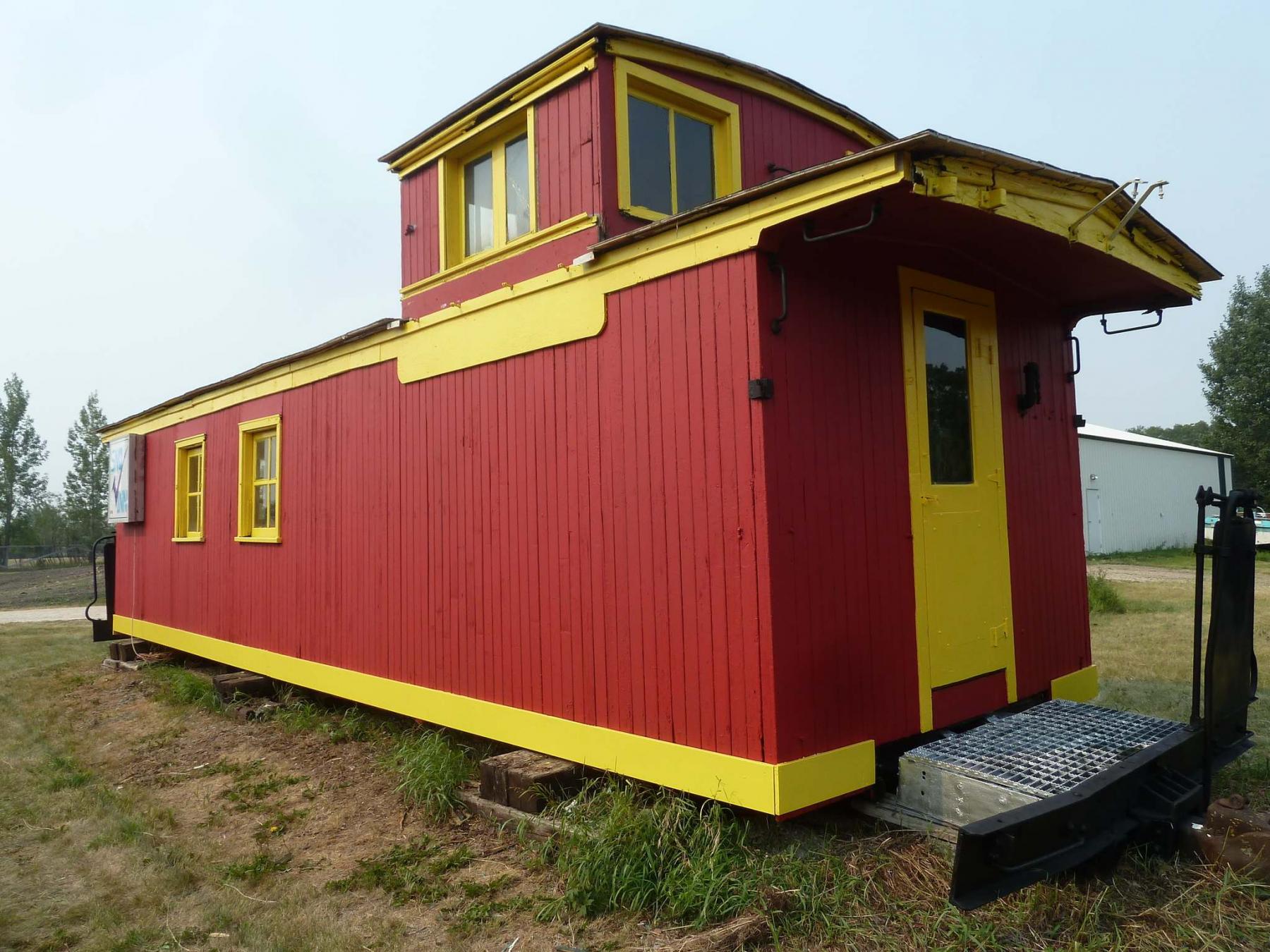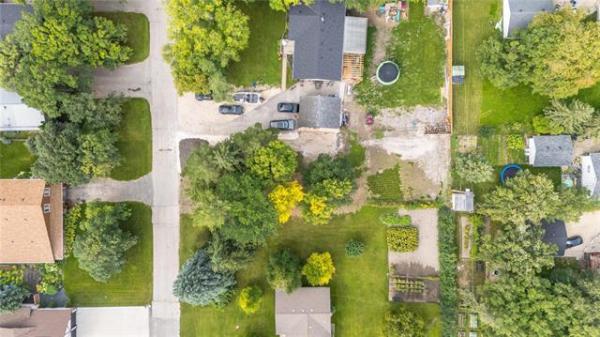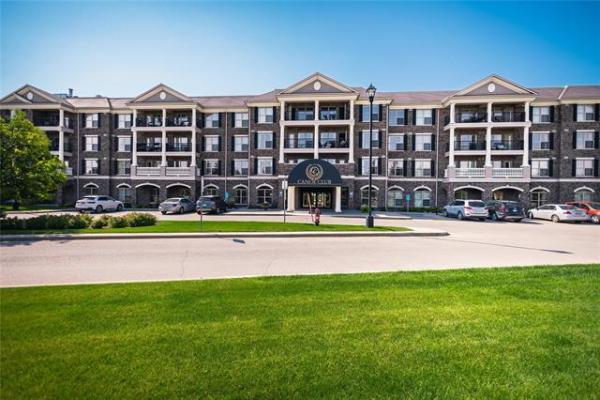
Mustard bought this caboose at an auction in the 1990s — it has been in his Headingley yard ever since.
Sound the bells, drop the gate — the restoration of my cherished caboose is rolling full speed ahead.
There is still work to be done, painting to be finished and rotting wood to be replaced, and I’m totally up for it, but it is definitely a challenge.
The biggest issue with the rot occurs when you remove the obviously disintegrated stuff, there’s usually another layer of either totally or partially rotten wood underneath it. So you have nothing to screw the new stuff to.
Or, if there’s yet another layer of wood underneath the second layer — and I’m finding with these old wooden cabooses there often is — you just buy longer screws, thereby hiding the second rotting layer and forgetting you ever saw it.
Not the best solution of course. Never have I found a building held together by more nails. These cabooses were built to hang together through hundreds of thousands of miles in their lifetime, so they had to be as solid as a rock to keep them from vibrating apart.
Obviously with my baby Bertha still here and upright, it worked.
So what I’ve accomplished here via the skills of Stacey Bugsdrucker — Chick With A Brush owner, manager, chief painter and everything else — is to put a stop to the solid wood remaining from disintegrating further… or at least slowing it down by a couple of decades, and protecting the rotten and semi-rotten stuff from just dissolving and disappearing.
So now I will keep on hand a healthy supply of primer, ketchup-red and mustard-yellow paint, and one section at a time, dig deep to remove all the rot I can gain access to, rebuild my way back out, replace with pressure-treated wood, prime and repaint the appropriate colour.
I also have to rebuild some of the windows, both interior and exterior, and the screens used when the storm windows are replaced for summer. You don’t just go out and find healthy 116-year-old caboose windows sitting around waiting to be put to use. Not hard to replicate the pieces that need replacing, just fussy.
And although I’m very serious when I say these old babies were built to last, I found out shortly after Bertha arrived here that she almost didn’t make it.
When they decommissioned her, they removed the rolling stock underneath, leaving basically the perimeter rectangular steel frame the caboose is built on, and two lighter angle iron supports that run end to end for the wooden floor to sit on. The steel crossmembers holding the walls together have been removed.
So after it arrived home, and I crawled under to have a look, I noticed that at mid caboose, the walls had moved out far enough to allow the floor to begin to drop through. A few more miles jiggling down the highway the floor would have fallen out, the walls caved in, and that would have been one costly mess to clean up. The floor has been supported ever since, but I am going to jack it up, put rods through the perimeter frame that connect at the middle underneath, suck the walls back in and set the floor back down on its lip, never to be at risk of the big drop again. Man I love this caboose.
I’m also going to finally put electricity into this old dear for convenience sake. I decided originally to leave it powerless so the kids would have to light kerosene lamps and build a fire in the cookstove if they wanted to use it, so they’d learn a little about the old pioneer ways. I can teach the grandkids with "that dern modern ‘lectricity in reserve."
There’s another big surprise involved with this renewal that I’ll tell you about when the time comes.
Thanks to both Stacey Bugsdrucker and Sherwin Williams for a job well done!
Comments and story ideas always welcome!
lmustard1948@gmail.com




